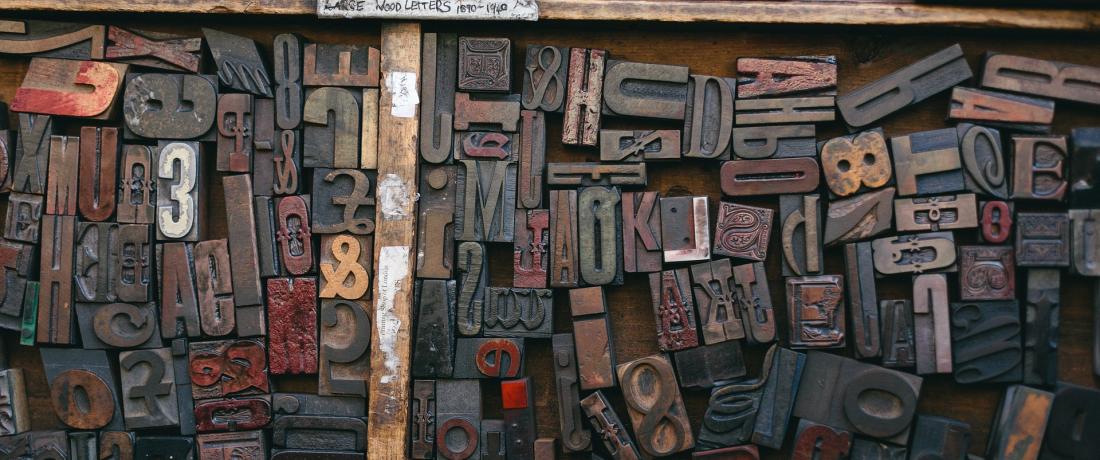
Even in today’s digital age, print marketing still stays afloat. Each day we deal with dozens of flyers, catalogues and business cards made of good old paper. The problem is that most of these items fail to catch the eye before being thrown to a bin. Why? Because they look just like any other print: plain, dim and square.
But your ads can be different. Here are a few tips on turning paper designs into something truly noticeable to the prospective customers.
Die cutting
Get your prints into one-of-a-kind shape by using a technique based on the principle of a steel cookie cutter. A sharp blade can make a hole within a larger piece of paper or change the outlines of the entire item. The variety of shapes ranges from classic ovals and circles to daring stars, stair steps or even butterfly wings.
The form is often customized to the industry. For instance, architects or real estate agents might consider the shape of a roofline, while restaurants will probably benefit from an item resembling a basil leaf or the corner of a napkin.
Die cutting is a perfect solution for hangtags, postcards, brochures and presentation folders. This method can also give a touch of class to your business cards. Rounded corners or sharp points will certainly increase your chances to a double take.
Embossing
Vision is not the only sense you can employ to draw extra attention. Remember: unlike web graphics, printed adverts involve touching. Therefore, it would be a right move to add some palpable features by dint of embossing.
The process is similar to engraving, though the effect is much classier. Embossing does not leave an imprint – it raises letters and/or images above the surface creating a three-dimensional relief. The most recognizable example of such technique is a “sculptured” notary seal. Looks (and feels) worthy, doesn’t it?
Paper can be embossed with ink, foil or none of these. Embossing works well on envelopes and invitations, rack cards and certificates, letterhead and business cards. With this special touch, your printed materials are doomed to cut a dash.
Foil stamping
It is hard to find a better way to outshine the competition, both literally and virtually. A thin metallic film applied to a printed piece highlights it with gold, silver or copper glare, which always makes a lasting impression.
The foil is available in a wide assortment of shades and finishes (e.g., matte, glossy, holographic, pearlescent). Since the technique is inkless, the foil preserves its color regardless of the background. Thus, foil stamping may be an optimum choice for darker or colored prints including stationery, greeting cards, flyers, business cards etc.
The method enhances its visual impact when combined with embossing. Fuse these techniques to emphasize names, logos or other important details of your adverts and be sure they won’t go unnoticed.
So, as you see, standing out from the crowd is easier than one may think. Print smartly – either by or beyond our advice. Contact us to get more information!